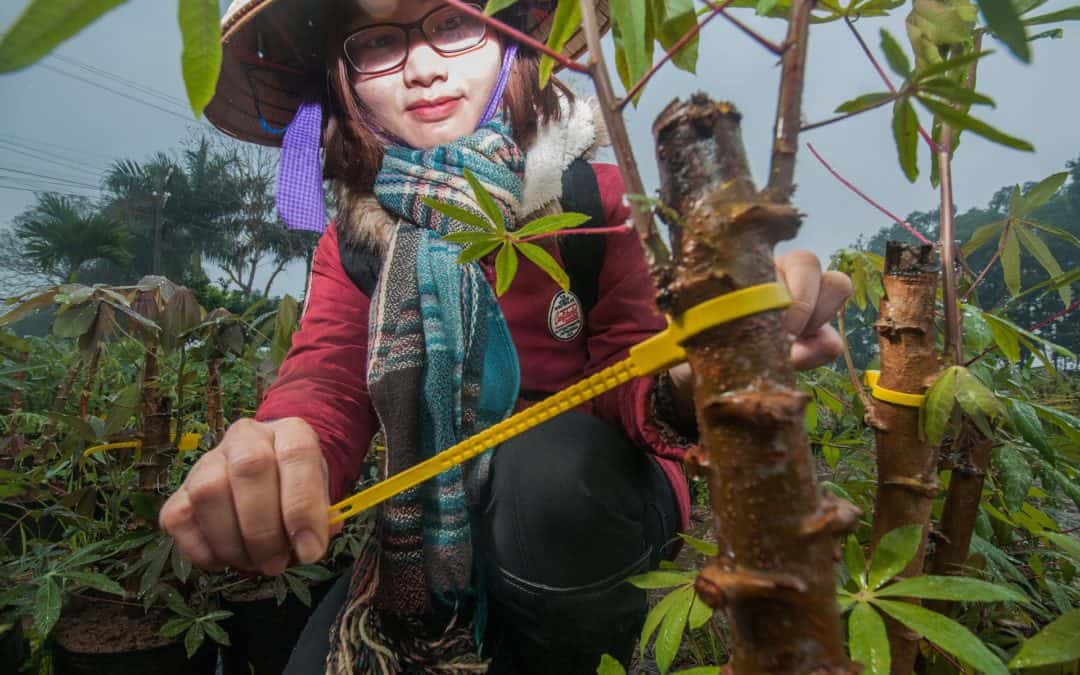The collection of data on the adoption of CGIAR-related crop varieties is a priority for the
Standing Panel on Impact Assessment’s (SPIA) agenda and for centers such as the
International Center for Tropical Agriculture (CIAT). Projects such as ‘
Diffusion and Impacts of Improved Varieties in Africa’ (DIIVA) and ‘
Strengthening Impact in the CGIAR (SIAC)’, expanded the number of crops and countries for which adoption estimates were available (
read our blog post on the importance of adoption data). SIAC also identified significant shortcomings associated with some of the common methods for identified crop varieties in farmers’ fields, namely expert elicitation and respondent identification in household surveys. There is a growing body of evidence that in many contexts important to CGIAR, the only accurate way to identify varieties is by DNA fingerprinting (DNA FP). Fortunately, the costs of DNA FP have come down dramatically in the past decade, to the point where it is
feasible to apply it to large-scale field surveys.
Even though the costs have come down, doing varietal identification at scale with DNA FP is still a significant investment. Fortunately, as this example from CIAT’s work on cassava in Vietnam illustrates, these data can be used for many other purposes, greatly enhancing the return on the initial investment.
The post How Data Collected To Identify Cassava Varieties in Vietnam Helped Southeast Asia Respond Rapidly To a Viral Disease Outbreak appeared first on CGIAR.





